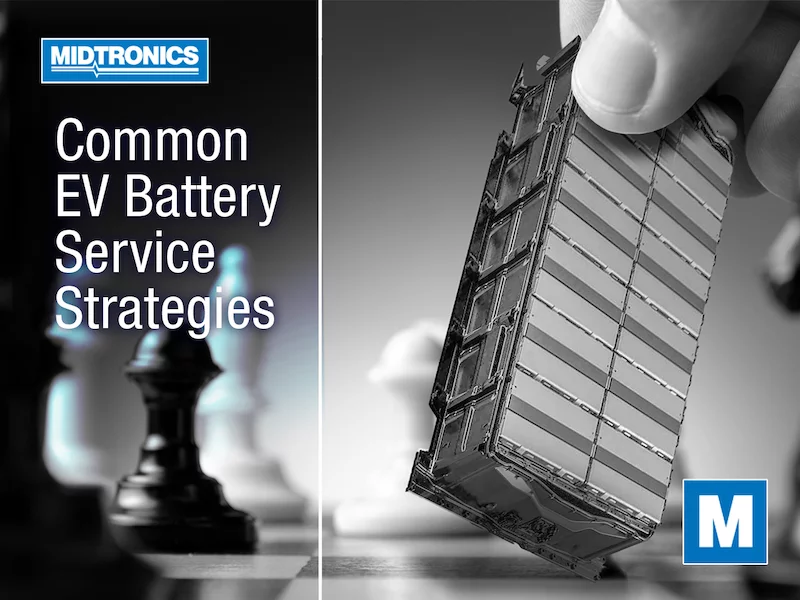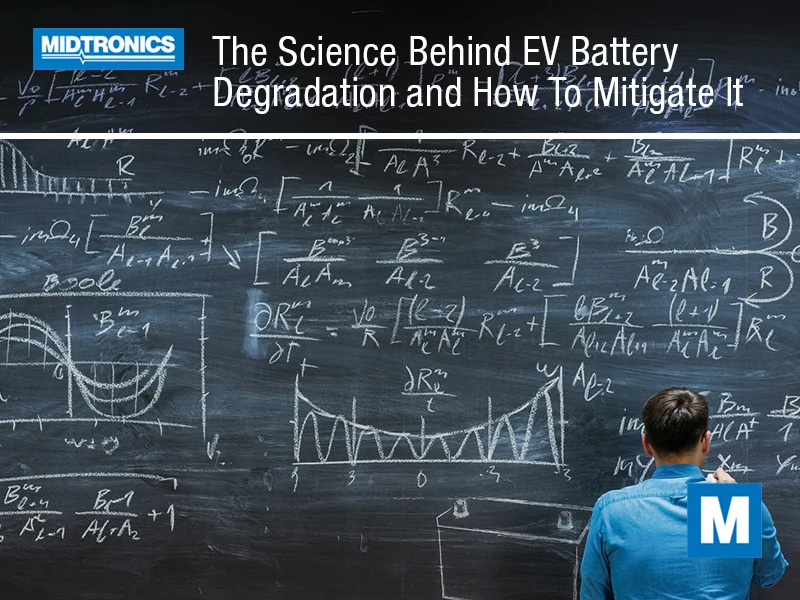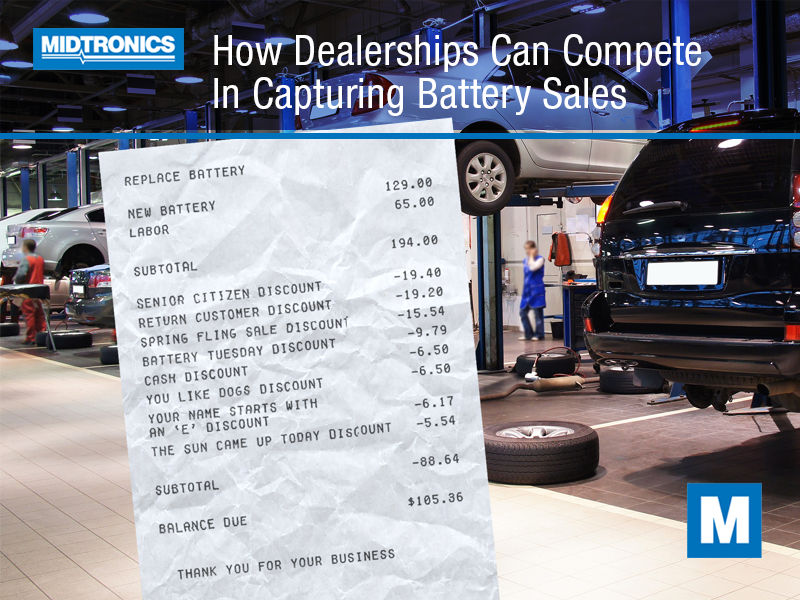For automotive repair professionals and garages looking to get the most out of electric vehicle batteries, it’s important to know what services they will need and how to perform them. EV batteries are essential components of electric vehicles, providing reliable power to keep them running. To ensure a vehicle’s longevity and prevent costly repairs down the line, regular maintenance is a must.
Different types of services may need to be implemented depending on what kind of environment or lifestyle the vehicle operates in. Let’s take a look at some of these service strategies that could benefit automotive repair professionals when dealing with EV batteries.
Common Types of EV Battery Service Strategies
Battery chemistry and design are the predominant factors for EV battery servicing. Under normal operating conditions, lithium-ion batteries used in electric cars have a lifespan somewhere between 10 and 15 years, although it’s possible to achieve more or less depending on usage. The current chemistry and design have a few strategies used to keep working well or restore their health, and future iterations might require different service.
Conditioning
The first type of strategy is cycling or conditioning, which helps optimize performance and extend battery life by reducing issues due to long periods of unused or partial discharging. This can include bringing the battery up to full charge, discharging it slowly back down, and monitoring the health of the battery using diagnostic equipment.
This method requires extra monitoring to ensure no damage occurs during charging cycles or deep discharges, as well as only being done occasionally or on a predetermined schedule so as not to overstress the battery.
Diagnostics-based servicing
Another approach is diagnostics-based servicing, which is using specialized equipment connected directly to the car’s computer system in order to monitor data from cell-to-cell within individual cells, allowing technicians to identify any weak areas that need attention before they cause bigger problems down the line.
Diagnostics are useful for preventative maintenance but also come at a cost in time and money to set up properly. And as the industry goes more in the direction of electrification, service facilities will need to invest in more diagnostic equipment and train their technicians on how best to use it.
Battery replacement
Finally, overhauling or replacement services will need to be established. It involves replacing parts such as cells or modules if necessary instead of selling and installing complete battery packs that can be restrictively expensive.
While this can be effective at times and can result in lower overall costs, it requires an extremely competent technician, strictly enforced safety practices, and access to a diverse selection of EV battery parts on short notice. Additionally, any repairs made must still pass safety checks before being installed into a customer’s vehicle which adds additional time delays before getting back on the road again safely.
Benefits and Drawbacks of Each Strategy
Conditioning has its pros:
- Periodic optimization means you won’t need to perform large scale repairs as often
- Deep cycle maintenance lets owners take advantage of long-term savings through better efficiency
- And it decreases strain on already degraded components meaning less replaced parts in future servicing jobs, saving time and money.
Its cons include:
- Potential failure risks associated with over-stressing weakened components
- And losing precious time when carrying out tests at unscheduled intervals instead of all at once during scheduled maintenances, negating some savings.
Diagnostics based servicing has two major advantages, particularly with accuracy when diagnosing issues, and efficiency when pinpointing precisely where fixes are needed without having to perform large overhauls initially, saving labor costs. On the flip side, there’s expensive equipment required upfront, and potential inaccuracy if battery cell data isn’t analyzed thoroughly enough when making decisions, resulting in more costly mistakes further down the line if ignored now.
Lastly replacement has its clear advantages. There’s no guesswork involved – swap out bad cells straight away. Considering quality labor rates and price comparisons across stores, it quickly eliminates question marks around total work needed time-wise. But with this one comes drawbacks too. The initial investment prices may seem intimidating to shop owners who might not be totally convinced about electrification, and strict safety protocols mean longer certification times, leaving customers potentially stranded while waiting for and installer’s time to free up.
What About Battery Pack Replacement?
In today’s environment, a common EV repair is a complete battery pack replacement. But that type of service is going to phase out until it’s much less common and accepted, especially since the rare earth materials are so difficult to source and costs remain obscenely high.
Keep in mind that any technician that’s qualified to service a battery system through conditioning, diagnostics, and repair will be capable of performing a battery swap as well. So, in the event it is necessary – like an impact that makes a battery pack completely unserviceable – it can still be done.
Conclusion
Repairing an EV battery requires knowledge about different types of services that can be provided depending on preferences and situations faced by each particular scenario that a shop is presented with. Cycling or conditioning provides a way to revitalize an aging battery pack that doesn’t hold its charge or range as well as it used to whereas diagnostics-based services offer accurate and efficient servicing that pinpoints necessary fixes. And replacement service provides a method of restoring a battery when it’s a specific cell or module that’s failed and other parts within the system can still be used.
It’s safe to say that any of these services can make EV ownership more viable in the long term for the average car owner. When a suite of service is available at a nearby repair facility, it helps provide peace of mind regarding the cost of ownership and the ability to keep it working at its best for as long as possible. Repair shops would be remiss to put off getting their people trained and their shops equipped with the knowledge and technology necessary to service EVs.




